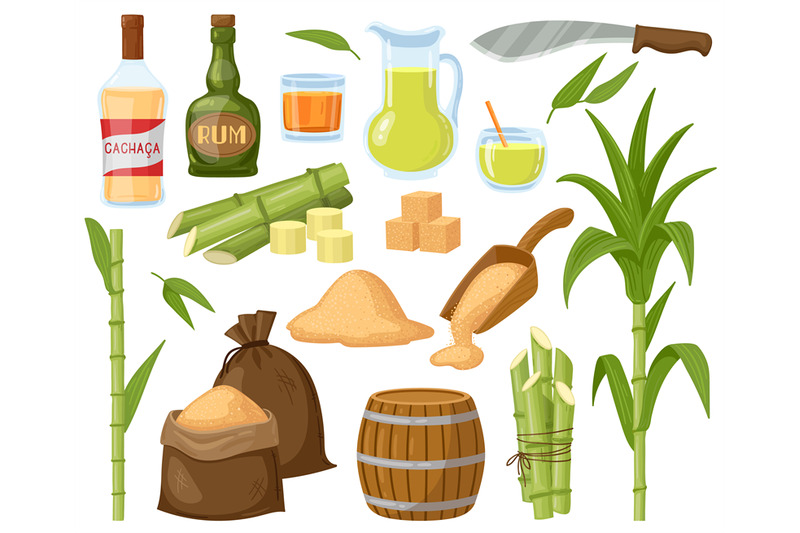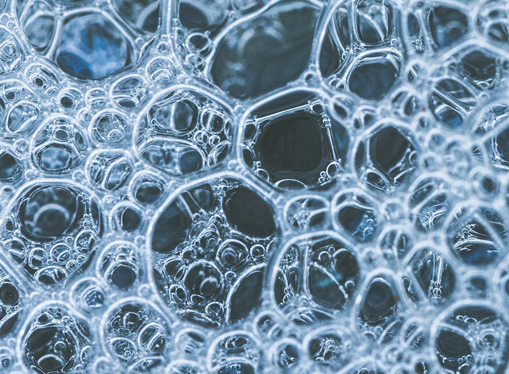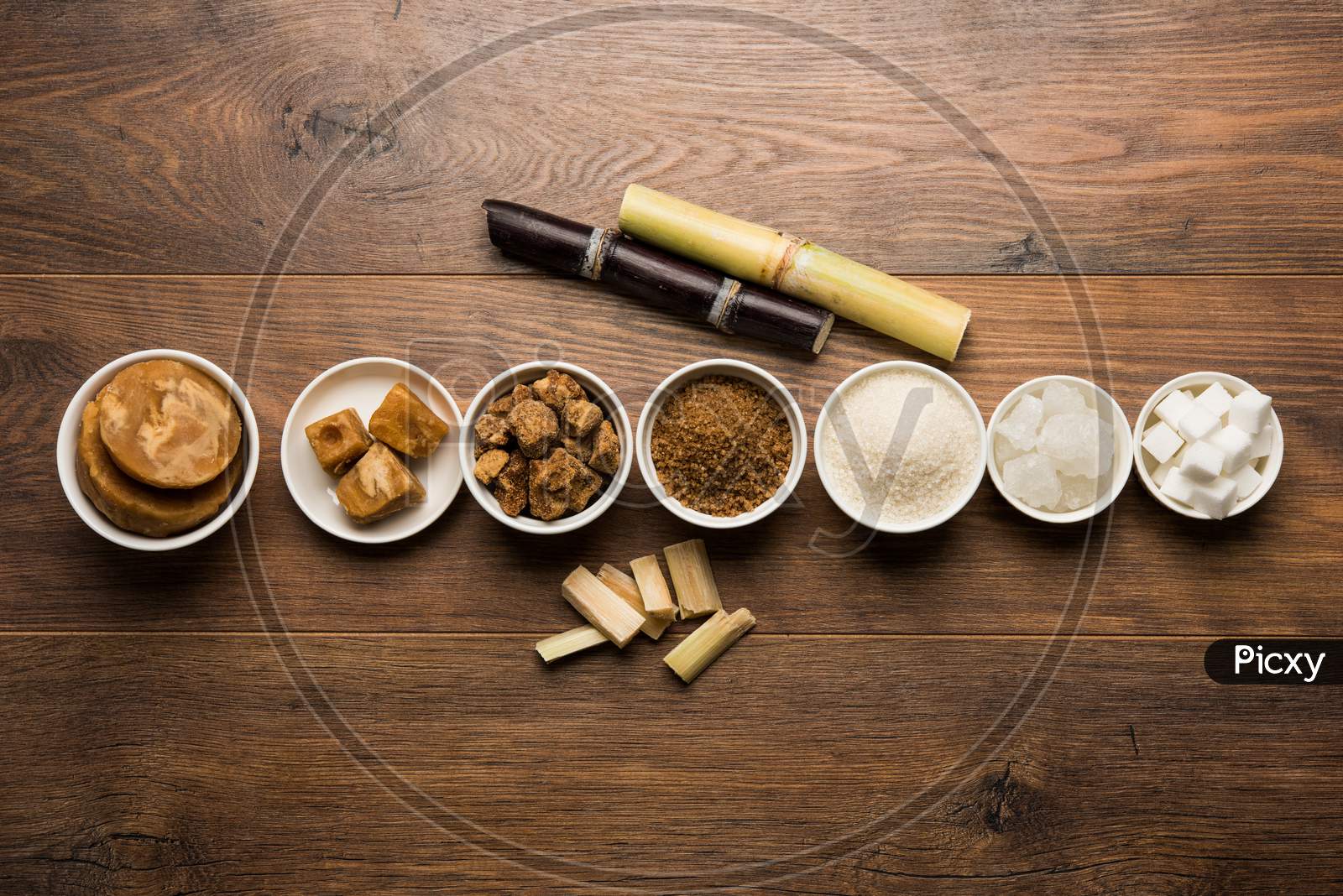The Journey of sugar cane products from Ancient Roots to Modern Production
The Comprehensive Journey of Sugar Cane: Understanding Materials and Production Methods
The trip of sugar walking cane is a complex process that starts in tropical regions with optimal growing problems. Farming methods are developed to maximize yield and sustainability. Gathering techniques vary from traditional hand-operated methods to contemporary mechanical approaches. After harvest, sugar walking cane undergoes numerous handling phases to change it into granulated sugar. This expedition exposes not only the complexities of production but also the broader ramifications for international markets and the environment. What exists past this first improvement?

The History of Sugar Cane Growing
Although sugar walking stick farming go back countless years, its origins can be traced to the exotic regions of Southeast Asia, where very early farmers first identified the plant's sweet sap. This discovery led to the farming of sugar walking stick as a staple plant, progressively infecting India and the Middle East. By the initial millennium AD, sugar walking stick was being cultivated in these regions, where strategies for extracting and refining sugar were developed.The plant obtained prominence in Europe throughout the Campaigns, as returning soldiers brought knowledge of sugar production back home. By the 15th century, the facility of sugar vineyards began in the Caribbean, driven by the demand for sugar in Europe. The transatlantic slave profession sustained this development, as enslaved labor was utilized to maximize production. Over centuries, sugar walking stick growing developed, influencing economic climates and cultures worldwide, making it a considerable agricultural commodity.
Growing Problems and Agricultural Practices
The successful cultivation of sugar walking cane counts heavily on particular expanding problems and agricultural techniques. Ideal temperature levels vary in between 20 to 32 degrees Celsius, with well-distributed rains of 1,500 to 2,500 millimeters each year. Dirt high quality is important; loamy or sandy dirts, rich in natural issue, advertise healthy and balanced growth.Farmers commonly employ various agricultural practices to enhance return. Plant rotation and intercropping are common techniques to maintain soil fertility and control insects. Normal watering may be necessary in drier areas, making sure that the plants get sufficient wetness. Fertilization, particularly with nitrogen and potassium, is important for robust growth.Pest and weed monitoring methods, including integrated pest monitoring (IPM), aid to decrease losses. Sustainable techniques, such as minimal husbandry and organic farming, are obtaining traction amongst producers to protect the atmosphere. Jointly, these aspects contribute considerably to the effective production of sugar cane.
Harvesting Techniques and Timing
In sugar walking cane production, the option between manual and mechanical harvesting significantly influences effectiveness and return. Timing is likewise critical, as harvesting at the suitable minute warranties optimal sugar web content and lessens losses. Comprehending these variables is important for successful sugar walking cane farming.
Guidebook vs. Mechanical Harvesting
Collecting sugar walking stick entails 2 primary methods: guidebook and mechanical, each with unique benefits and obstacles. Hand-operated harvesting, typically done by laborers using machetes, permits for higher precision in reducing and decreases damage to the plant. It is commonly preferred in regions with irregular terrain or where the crop is sprinkled with various other plants, as workers can navigate these complexities better. It is labor-intensive and time-consuming. On the other hand, mechanical harvesting employs specialized devices to cut and gather the walking stick quickly, raising effectiveness and decreasing labor costs. This technique is suited for large-scale operations however can bring about higher plant damages and soil compaction. Ultimately, the option between guidebook and mechanical harvesting depends upon different aspects, consisting of financial considerations and environmental problems.
Ideal Collecting Timing
Picking the appropriate minute to harvest sugar walking cane substantially impacts both return and top quality. Ideal collecting generally takes place when the walking stick reaches complete maturation, usually in between 12 to 18 months after planting. At this phase, sucrose levels top, ensuring the most effective sugar removal rates. Weather condition conditions likewise play a vital function; harvesting throughout completely dry periods can protect against damages to the walking cane and decrease dirt compaction. Additionally, checking the plant's shade and fallen leave drop can show preparedness, as a yellowing of the fallen leaves recommends that the walking stick is ripe. Prompt harvesting is crucial, as delays can lead to decreased sugar web content and increased susceptibility to bugs and conditions, ultimately impacting general production performance.
Handling Techniques: From Cane to Sugar
The processing of sugar walking cane includes vital removal techniques that divide the juice from the coarse plant material. Complying with extraction, the refining procedure changes the raw juice right into crystallized sugar, guaranteeing purity and quality. Comprehending these techniques is crucial for comprehending the trip of sugar from cane to final item.
Removal Strategies Review
Removal methods investigate this site play a substantial function in transforming sugar walking stick right into usable sugar. Initially, the cane is gathered and moved to refining centers where it undergoes comprehensive cleaning to eliminate pollutants. The following step entails squashing the walking cane making use of heavy rollers, which launches the juice having sucrose. This juice is then cleared up through the enhancement of lime and heat, allowing contaminations to resolve out. After information, the juice is evaporated under controlled temperatures to focus the sugar material. Ultimately, formation happens, where sugar crystals are developed as the concentrated juice cools down. These methods assure the reliable removal of sugar while keeping the high quality required for more handling. Understanding these approaches is essential for understanding the overall production of sugar from sugar cane
Refining Process Explained
Refining sugar from the extracted juice is an important action that improves its pureness and top quality. This procedure entails several stages, starting with explanation. The juice is heated and treated with lime and various other representatives to eliminate pollutants, leading to a more clear liquid. Next, the made clear juice undertakes dissipation, where water is gotten rid of to focus the sugar web content. The concentrated syrup is after that taken shape by cooling, allowing sugar crystals to form. These crystals are divided from the continuing to be syrup, referred to as molasses, via centrifugation. Lastly, the raw sugar is additional improved with cleaning, filtering, and drying out, which removes any kind of remaining pollutants. Completion product is the granulated sugar typically made use of in homes and markets worldwide, ensuring consistency and sweet taste.
Lasting Practices in Sugar Cane Production
Although sugar walking cane production has actually generally relied upon extensive farming methods, there is an expanding focus on lasting methods that promote ecological health and wellness and financial stability. Farmers are increasingly adopting methods such as plant turning, which improves soil fertility and decreases insect infestations. Integrated parasite administration (IPM) is additionally obtaining traction, enabling natural killers to manage pest populaces, thus minimizing chemical pesticide use.In addition, innovations in irrigation approaches, such as drip watering, are being utilized to conserve water resources. Lasting land monitoring techniques, consisting of decreased husbandry, help prevent dirt disintegration and preserve biodiversity. Several manufacturers are checking out natural farming methods, which shun synthetic plant foods and pesticides altogether, promoting a healthier environment.
The Worldwide Sugar Market and Economic Impact
Sustainable methods in sugar walking cane production not only profit the environment yet additionally influence the characteristics of the international sugar market. As customer need shifts in the direction of fairly generated products, countries taking on sustainable approaches acquire affordable benefits. Going Here This trend triggers significant sugar exporters, such as Brazil and India, to incorporate eco-friendly techniques, therefore impacting global rates and supply chains.Moreover, changes in production because of climate adjustment and ecological guidelines can cause volatility in sugar costs, impacting economic situations reliant on sugar exports. As an example, regions that purchase lasting Check This Out farming might experience boosted return stability, resulting in better market positioning.Economic impacts extend past individual countries, as worldwide trade contracts and tariffs form the affordable landscape. Inevitably, the interplay between sustainable techniques and market characteristics underscores the value of adaptive methods in a rapidly altering financial environment, affecting both manufacturers and customers in the international sugar market.
Developments in Sugar Cane Application and Results

As the demand for eco-friendly resources grows, developments in sugar walking stick usage and results are transforming the farming landscape. Researchers and business owners are discovering novel applications that prolong beyond traditional sugar production. One significant growth is the conversion of bagasse, the fibrous deposit left after juice extraction, into bioenergy and bioplastics (sugar cane products). This not just lowers waste however likewise supplies lasting energy alternatives for handling facilities.In enhancement, improvements in fermentation modern technology have actually brought about the production of biofuels, such as ethanol, from sugar walking stick, which adds to cleaner energy services. The extraction of molasses has opened opportunities for producing value-added items like pet feed and specialty spirits.These developments not just improve the economic viability of sugar walking stick growing but also promote environmental sustainability, making sugar walking cane a pivotal crop in the change towards a circular economic situation. The recurring expedition of its possible proceeds to generate appealing outcomes
Often Asked Questions
What Are the Health Impacts of Consuming Sugar Cane Products?
The wellness impacts of consuming sugar cane items can differ. While they provide energy and important nutrients, extreme intake may bring about weight gain, increased blood glucose levels, and a greater threat of oral problems. Small amounts is key.
Just How Does Climate Modification Influence Sugar Cane Production?
Environment modification considerably impacts sugar walking cane production by changing rains patterns and boosting temperatures. These changes can result in minimized returns, increased pest pressures, and difficulties in keeping soil wellness, inevitably influencing both top quality and quantity of harvests.
What Is the Duty of Sugar Cane in Biofuel Production?
The duty of sugar walking stick in biofuel production is considerable; it works as a renewable resource source, transforming sugars into ethanol. This process minimizes reliance on nonrenewable fuel sources and aids mitigate greenhouse gas emissions, advertising environmental sustainability.

Exist Any Kind Of Alternate Sugar Originated From Sugar Cane?
Alternative sugar originated from sugar walking cane consist of molasses and walking stick sugar itself. These items offer sweetening alternatives while preserving some nutritional benefits, making them popular selections for customers looking for all-natural choices to sweetening agents.
How Does Sugar Cane Farming Affect Resident Communities?
Sugar walking stick farming substantially effects local areas by supplying job opportunity, boosting neighborhood economies, and influencing social structures. Nonetheless, it can likewise lead to environmental problems and health and wellness problems, requiring a balanced method to lasting methods.